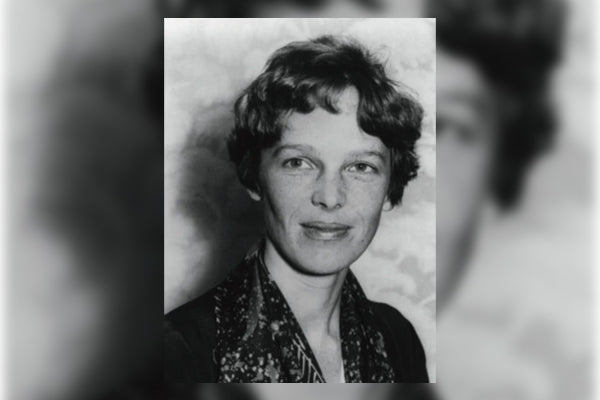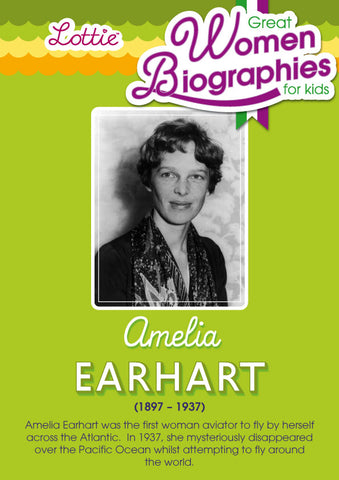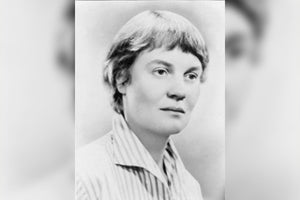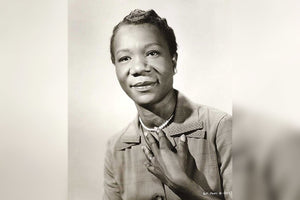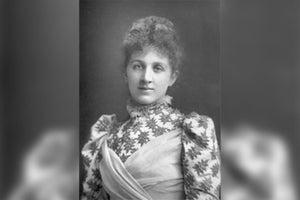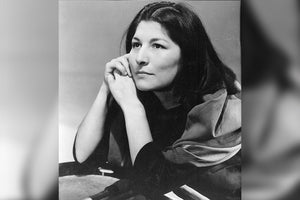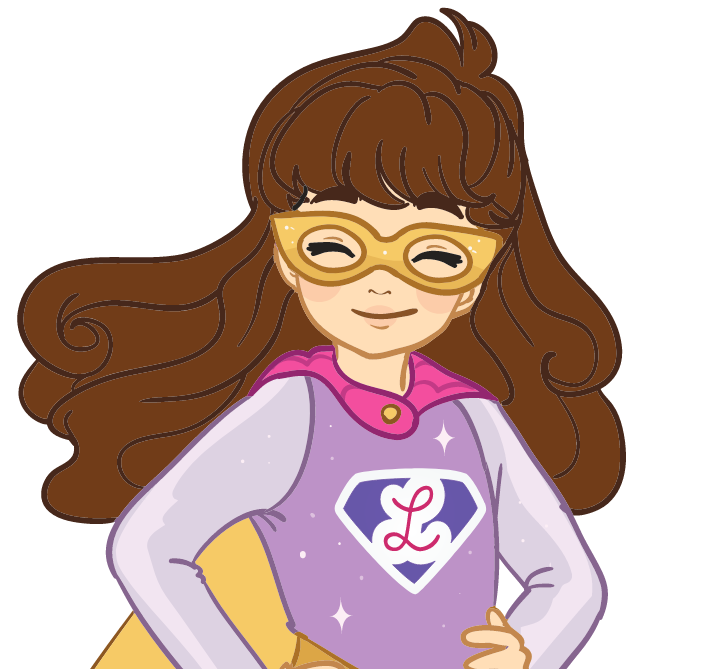Amelia's Childhood
Amelia Mary Earhart was born on the 24th July 1897 in Atchison, Kansas, United States.
Amelia’s nickname was ‘Meely’, and her younger sister, Grace, was nicknamed ‘Pidge’.
Amelia and Grace loved the outdoors and would climb trees, hunt rats and capture worms in jars. Amelia also enjoyed reading and would often spent hours in the family library.
As a child, Amelia already showed her adventurous spirit by building a homemade roller-coaster. However, things did not go to plan, and the wooden box she was using broke, leaving her with some bumps and bruises. Amelia is said to have exclaimed to her younger sister, “Oh, Pidge, it’s just like flying!”
Training to become an aviator
Amelia first flew in a plane when her father paid $10 for a 10 minute flight with
a well known sky racer called Frank Hawks. After this flight she realized that she wanted to become an aviator, more than anything. As an adult, Amelia looked back on this day and said “I knew I had to fly”.
Amelia worked hard to save the money to pay for flying lessons. At that time, it was hard to be accepted as a female aviator, and Amelia wanted to show that she was tough. She cut her hair short, and wore a leather jacket.
Amelia’s first plane was a ‘Kinner Airster biplane’; it was nicknamed ‘The Canary’ because it was bright yellow. She set a new world record for female pilots when she flew her plane to an altitude of 14,000 feet.
First Woman To Cross The Atlantic
In 1928, she was chosen, along with two other men, to make the first flight across the Atlantic Ocean. However; Amelia was not flying the plane; her job was to be the navigator. Although this flight was an important milestone, and she had achieved the status of being the first woman to fly across the Atlantic Ocean, Amelia was disappointed because she didn’t get to fly the plane herself.
She was determined to pilot the plane and make the flight across the Atlantic all by herself.
Amelia’s Famous First Flight
On the morning of the 20th May 1932, Amelia flew from Newfoundland in the United States and landed in Derry, Northern Ireland.
The flight took 14 hours and 56 minutes in total and Amelia had to battle strong winds and mechanical problems in order to arrive safely.

Amelia Earhart, Los Angeles 1926 “CIT-9 Safety Plane”
To prove that she had flown from the United States she took a copy of the local paper with her.
Amelia became only the second person after Charles Lindbergh to successfully fly across the Atlantic Ocean solo, and she received many awards.
Amelia’s Celebrity Status
After her flights across the Atlantic, Amelia achieved ‘celebrity status’ and was crowned the “Queen of the Air” by newspapers.
Amelia acted as the assistant editor for Cosmopolitan magazine. She also designed a range of clothes aimed at the modern woman.
Amelia was a member of the National Women’s party and supported the equal rights movement.
Amelia’s fateful round the world flight
After her successful transatlantic flight and many other flights around the United States, Amelia set her sights on becoming the first woman pilot to fly around the world.

L–R: Neta Snook and Amelia Earhart in front of Earhart’s Kinner Airster, c. 1921
Her first attempt ended in failure when the plane suffered with mechanical problems. Amelia and her navigation team set off for the second time in June 1937.
On the 2nd July 1937, they took off in Lae in Papa New Guinea and were due to land on Howland Island later that day.
On the approach to Howland Island, radio transmissions between Amelia and the control tower showed that Amelia could not locate the landing strip.
The plane never made it to Howland Island and has never been found. Even after an extensive and costly search the plane could not be located.
There have been many theories about Amelia’s disappearance; some people believed that the plane had gone off course and crashed into the ocean and others believed that she lived on a small island called Nikumaroroas a castaway.
Amelia’s legacy
Amelia was an important woman in history because she inspired a generation of female pilots. By the end of the 1930s over 1000 female pilots had joined the ‘Women’s Air force Service Pilots' (WASP).
Amelia is remembered in many museums and statues around America.
![]() Fast Shipping
Fast Shipping![]() Subscribe to our Newsletter
Subscribe to our Newsletter![]() 🌟 New Global Competition 🌟
🌟 New Global Competition 🌟